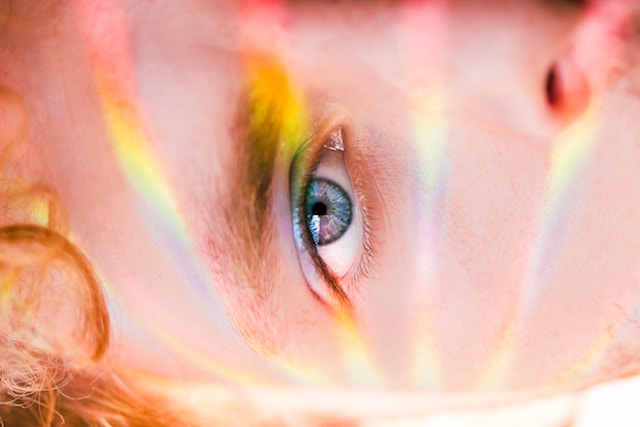It is said that “a picture is worth a thousand words,” but I’m not sure I agree.
Many years ago, I visited a Tibetan Gompa in the eastern region of the Nepal Himalayas, and the abbot asked me if I had a camera. I pointed to my head and said, “Here.”
He frowned, not finding my answer very satisfactory. That year, despite the region’s towering mountains and three-mile-high lakes, I never missed having a camera.
Now, I do have “a” camera—I’ve had several of them over the years since then, when I was “cameraless”—and yet, I find myself using words more than pictures. I use thousands of words—because I see, in language, the perfect medium to express the beauty of a scene and how it’s affected me. I question a photograph’s ability to generate the subtle aspects of what I see, the relationship I had with it, and the intimacy I felt with my subject.
It takes a millisecond to take a photograph, but to write about something I might photograph could take hours. Moreover, my audience must take time to read what I write. A photo is abrupt and in your face, but writing takes time to absorb and results with my reader relating more closely to the way I felt about my subject.
Writing communicates, whereas a picture “shows” what I saw—and I feel communication is primary.
Words describing a person or scene do not allow for a casual glance like a photo does. Words require a commitment to absorb—and when this commitment is made, it can instill a feeling of being there that a photo cannot. Words anchor the mind to the subject.
Moreover, there is some philosophical support for the notion that words communicate better than pictures. Buddhist epistemology makes it clear that the eyes don’t “see,” but rather only reveal forms. When we “see” a teacup, the eye does not see it as anything different than an elephant, because all the eye can do is show a form to the mind.
It is the mind that, in turn, associates what is revealed “as” a teacup—or an elephant. (Large sections of Dharmakiri’s “Pramanavartika” and the Buddhist sutra, “Shurangama,” devote several chapters to this topic.)
If what the Buddhists are saying is true, when we look at a photograph, we only “see” it—but don’t really see it as anything until language intervenes and we conceptualize it in our mind. This explains why we all “see” things differently.
However, when the word is already given—as in the case when I write about a scene—my reader does not interpret it as he must when shown a photograph, because my words convey how “I” felt.
When we take a moment to reflect on the remarkable potential of words to convey imagery and our feelings, it is not so difficult to see why we can more than likely think of many more acclaimed authors than photographers.
Getting back to my resistance to take pictures, I find it very distracting to keep a camera with me (even though I am having difficulty breaking this habit). When I see a striking face and instinctively feel for my camera, I have already separated myself from the scene. I am now thinking about how to get the shot, perhaps clandestinely or by asking permission, and so forth.
I am not considering why I find the subject so interesting or what kind of life this person might have led to have so much character in his or her face. If I were, I might be John Steinbeck writing about the faces he saw on “Cannery Row” in Monterey, California, or the stunning Big Sur cliffs and massive ocean swells.
It is a “snap” to snap a picture, but in doing so, I don’t think about it the same way as I might if I had absorbed my subject in my mind. Whether it be a sunset or person, a tree root spreading itself before me, or a hummingbird seemingly motionless before a flower, images I take in with my mind, sans camera, are appreciated on a level that I can associate with words in an essay or poem at the end of the day.
While I love photography, it has always been an antagonizing relationship because of my love for writing—and so far, I have no solution for anyone entangled in a similar “threesome.” For now, though, I am tending toward written form—although I do hope to capture a pic here and there that stimulates and engages its viewer.
Whatever medium we choose—be it writing, photography, or even painting—we should take care that the medium doesn’t separate us from the scene. When we express ourselves, we ideally capture the feeling we have for our subject, and it’s not merely an act of “showing” something. We want to convey how we felt about our subject—and, ideally, instill in our viewer, reader, or listener a sense of why we engaged with our subject and wished to capture it.
~
Relephant:
Leave the Camera Behind: A Radical Challenge for Click-happy Travelers.
The Magic of Words: Why I Write.
~
Author: Richard Josephson
Image: Unsplash/ian dooley
Editor: Yoli Ramazzina
Copy Editor: Callie Rushton
Social Editor: Waylon Lewis







Read 0 comments and reply